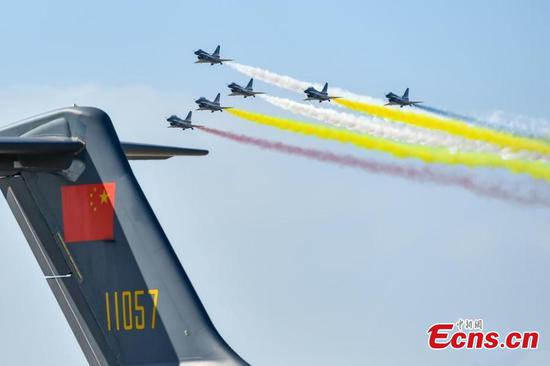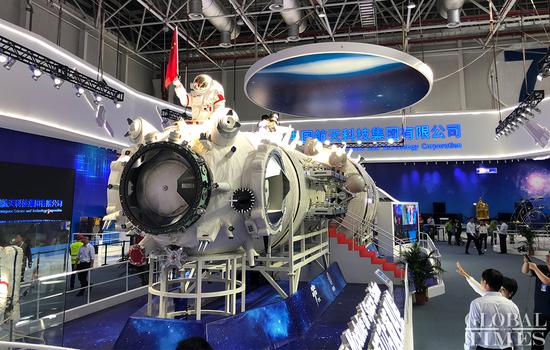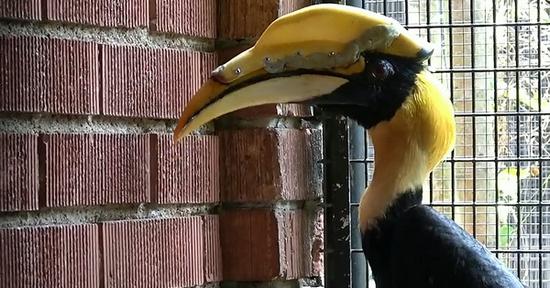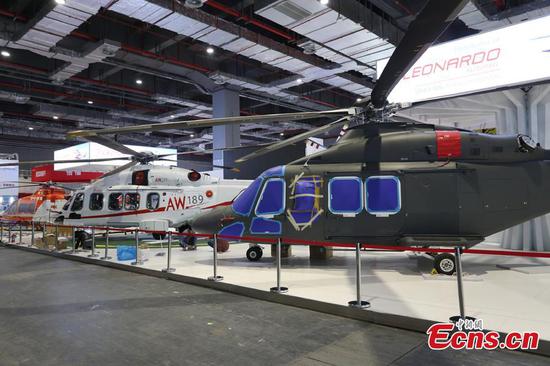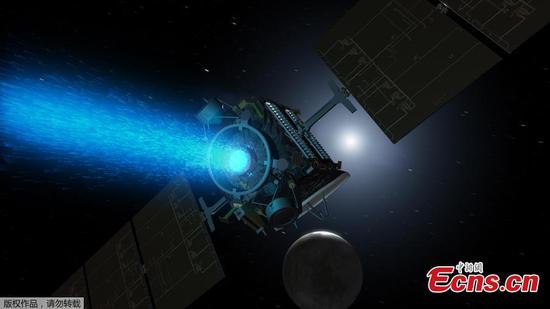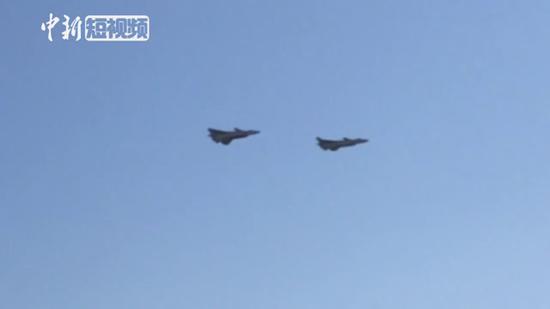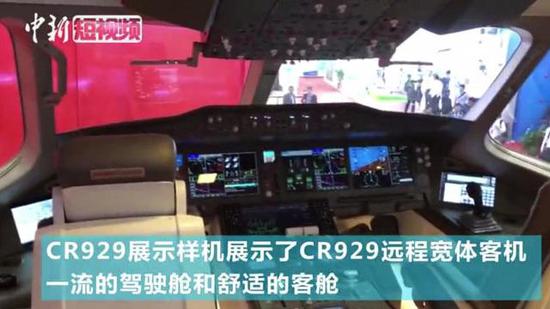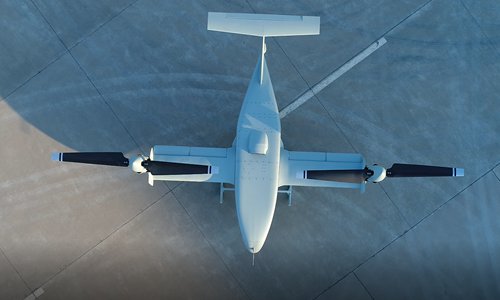
Photo of a CH-10 tilt-rotor unmanned aerial vehicle, a new unmanned aerial vehicle integrating helicopter technology and fixed-wing aircraft technology (Photo/Courtesy of the Chinese Academy of Aerospace and Aerodynamics)
The Chinese Academy of Aerospace and Aerodynamics (CAAA) under the China Aerospace Science and Technology Corp (CASC) on Wednesday revealed the CH-10 tilt-rotor unmanned aerial vehicle (UAV).
The CH-10 is a new unmanned aerial vehicle integrating helicopter and fixed-wing aircraft technology, according to a statement sent exclusively to the Global Times on Wednesday.
Like a helicopter, the drone can take off and land vertically and hover in the air, while as a fixed-wing aircraft, it cruises rapidly and travels a long distance. The shift of flight modes is done through the tilting rotor, the academy said.
Song Zhongping, a military expert and TV commentator, told the Global Times on Wednesday that the CH-10 pioneers in using tilt-rotor technology, noting that the US-made Osprey also uses a tilt-rotor, but it is manned.
As an unmanned platform capable of both reconnaissance and battle, the main mission of the CH-10 is to accompany large- and medium-sized naval ships or army forces and to conduct intelligence missions, including reconnaissance, detection, communications relay, search, target identification, and relay guidance, the statement said.
It can take off and land on medium and large destroyers and frigates, it said.
The development of the CH-10 will also provide invaluable experience for China to develop its manned tilt-rotor aircraft, Song noted.
The CH-10 will be featured at next week's Airshow China 2018 in Zhuhai, South China's Guangdong Province.











